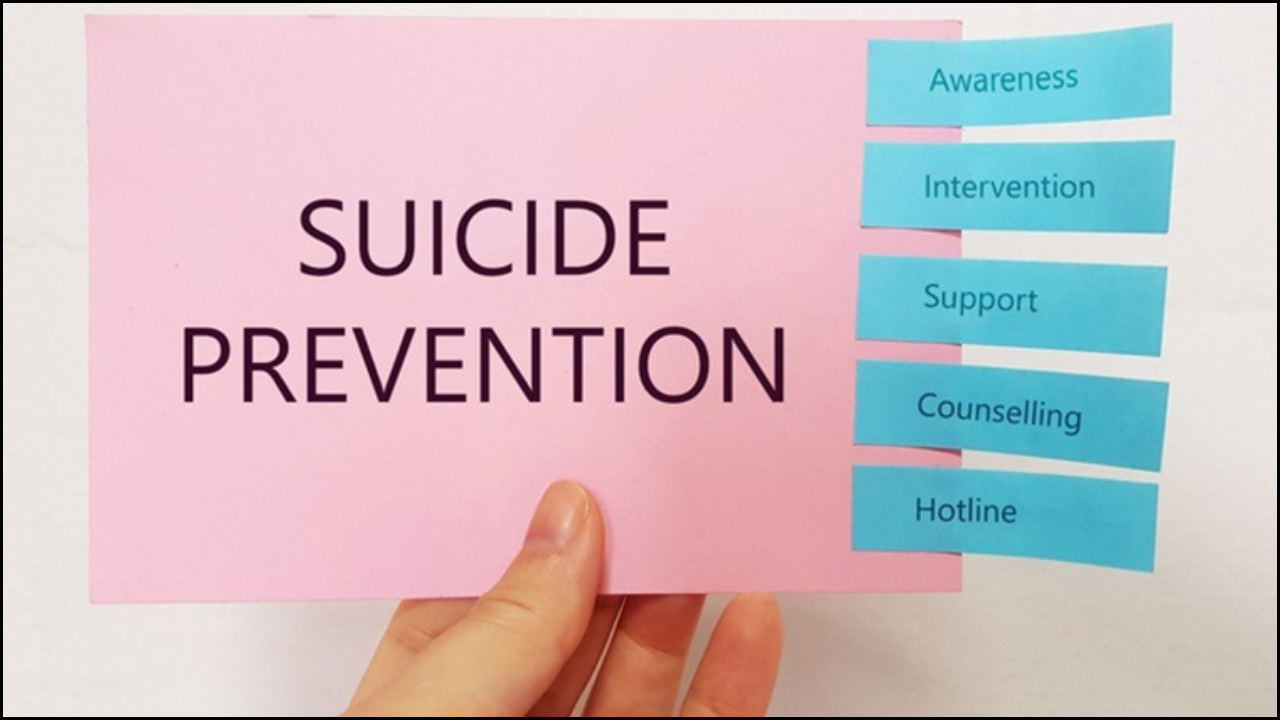
Workplace mental health has gained significant attention in recent years due to rising stress levels and increased suicide rates. Employee well-being directly impacts organizational productivity, morale, and retention. A structured suicide prevention strategy ensures that companies proactively address mental health issues before they escalate into crises. Service CC, a leader in workplace wellbeing solutions, has implemented a comprehensive approach to support employees, emphasizing early intervention, training, and supportive policies. This article explores the importance of a suicide prevention strategy in workplaces and details Service CC’s methodology.
Table of Contents
Understanding Workplace Suicide Risks
Workplace environments can unintentionally contribute to mental health challenges. Recognizing risk factors is essential for prevention.
- High Job Stress: Tight deadlines, heavy workloads, and unrealistic expectations can increase anxiety and depression.
- Lack of Support: Absence of managerial guidance or peer support may lead employees to feel isolated.
- Stigma Around Mental Health: Fear of judgment prevents employees from seeking help.
- Workplace Bullying or Harassment: Toxic work culture increases vulnerability to mental health issues.
- Job Insecurity: Concerns about layoffs or career instability contribute to chronic stress.
Service CC’s Suicide Prevention Framework
Service CC has designed a workplace suicide prevention strategy grounded in practical, evidence-based steps. Their approach focuses on awareness, early identification, support systems, and policy integration.
1. Awareness and Education Programs
Educating employees and management about suicide risks and mental health is a cornerstone of Service CC’s strategy.
- Workshops: Interactive sessions on mental health literacy, stress management, and suicide awareness.
- Training for Managers: Specialized sessions to identify warning signs and provide immediate support.
- Information Campaigns: Digital and physical resources promoting mental well-being and available help channels.
2. Early Identification and Intervention
Prompt identification of mental health concerns can prevent crises.
- Employee Assistance Programs (EAPs): Confidential support services for counseling and mental health guidance.
- Screening Tools: Online assessments to detect early signs of depression or suicidal thoughts.
- Peer Support Networks: Trained employees act as first responders for colleagues showing distress.
3. Supportive Workplace Policies
Policies that promote a healthy work environment are central to Service CC’s approach.
- Flexible Work Arrangements: Remote work, flexible hours, and leave policies reduce stress.
- Zero Tolerance for Harassment: Clear policies addressing workplace bullying and discrimination.
- Mental Health Days: Allow employees to take time off specifically for mental health recovery.
4. Crisis Response Protocols
Preparedness for urgent situations ensures timely help and reduces risk.
- Emergency Response Plan: Step-by-step procedures to follow if an employee is in immediate danger.
- Access to Helplines: 24/7 contact numbers for professional mental health support.
- Coordination with Mental Health Professionals: Partnerships with psychologists and counselors for immediate intervention.
5. Continuous Monitoring and Feedback
Regular evaluation ensures the effectiveness and sustainability of the strategy.
- Employee Surveys: Feedback on mental health initiatives and workplace culture.
- Performance Metrics: Monitoring absenteeism, stress levels, and incident reports to gauge improvements.
- Policy Updates: Adjusting programs based on emerging needs and new research findings.
Key Benefits of Implementing a Suicide Prevention Strategy
| Benefit | Description |
|---|---|
| Employee Wellbeing | Improved mental health reduces stress and enhances job satisfaction. |
| Reduced Absenteeism | Employees take fewer sick leaves due to mental health support. |
| Enhanced Productivity | Healthy employees demonstrate higher efficiency and focus. |
| Positive Workplace Culture | Encourages open communication and reduces stigma around mental health. |
| Risk Mitigation | Early intervention prevents potential tragedies and legal liabilities. |
| Employee Retention | Supportive environment increases loyalty and reduces turnover. |
Service CC Case Study Highlights
| Initiative | Implementation | Impact |
|---|---|---|
| Awareness Workshops | Monthly sessions across departments | 85% employees reported increased mental health awareness |
| EAP Counseling | 24/7 confidential helpline | 60% employees used services, 90% reported satisfaction |
| Manager Training | Quarterly manager sessions | 70% managers identified early warning signs successfully |
| Peer Support Program | 50 trained peer supporters | Immediate support for 40 reported crisis cases |
| Mental Health Days | Policy allowing 5 days per year | 30% reduction in stress-related absenteeism |
Challenges in Workplace Suicide Prevention
Despite robust programs, challenges remain:
- Employee Reluctance: Fear of judgment or negative career impact may prevent engagement.
- Resource Constraints: Small organizations may lack funds for comprehensive programs.
- Cultural Barriers: Mental health awareness varies across regions and demographics.
- Continuous Training Needs: Regular updates and refreshers are essential to maintain effectiveness.
Best Practices for Organizations
Organizations can adopt the following practices inspired by Service CC’s approach:
- Foster a culture of openness where employees feel safe to discuss mental health.
- Integrate mental health goals into organizational objectives.
- Partner with professional counselors for workshops, interventions, and crisis support.
- Encourage management to model healthy work-life balance and stress management techniques.
- Use data-driven insights to continuously improve programs.
The Bottom Line
Employee mental health forms the foundation of a productive and resilient workplace. Suicide prevention strategies, such as those implemented by Service CC, emphasize awareness, early intervention, supportive policies, and continuous monitoring. Organizations that prioritize mental well-being not only safeguard their employees but also enhance productivity, reduce absenteeism, and foster a positive workplace culture. A proactive approach to mental health ensures that every employee feels supported and valued, creating an environment where both individuals and organizations can thrive.





